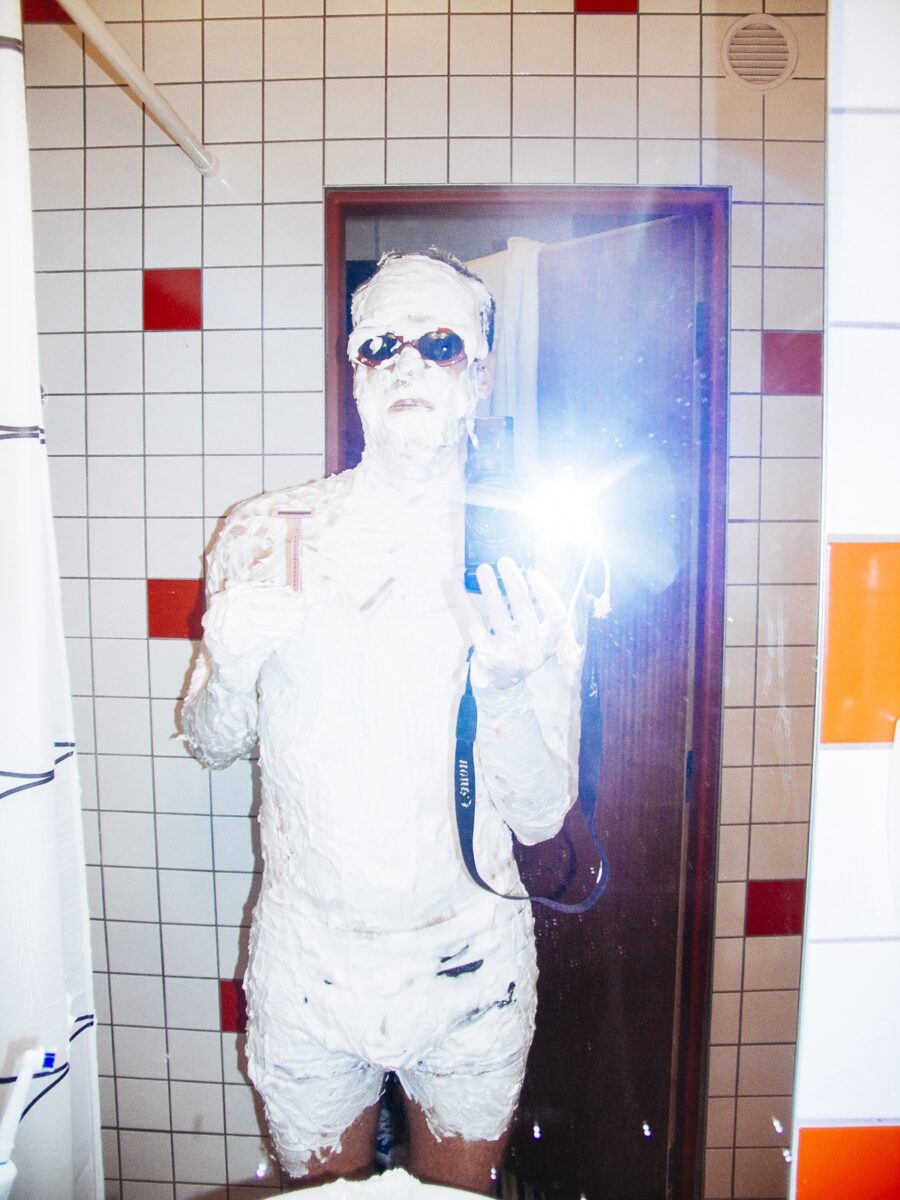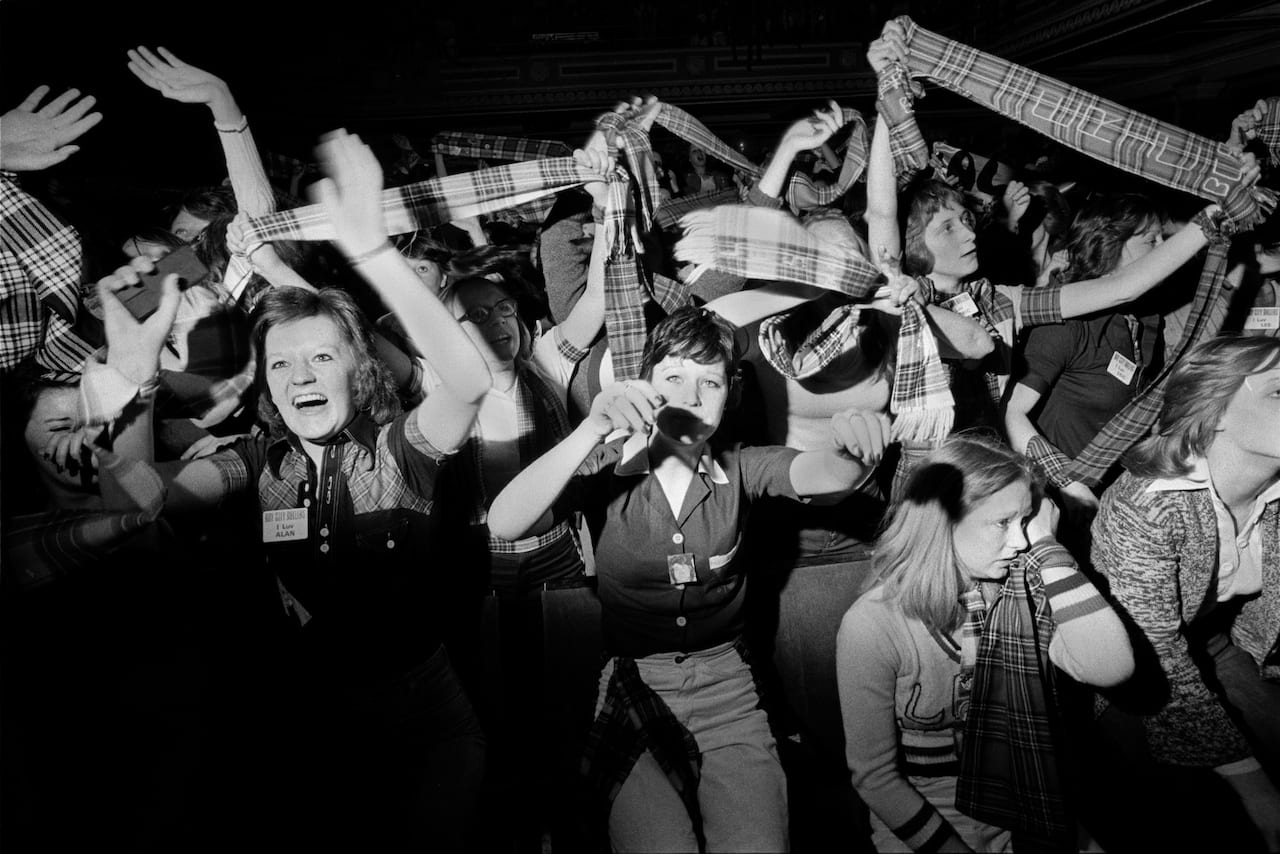A group show put together by a Polish and a Hungarian curator, European Kinship: Eastern European Perspective picks out a shared sensibility across Eastern Europe – and beyond


A group show put together by a Polish and a Hungarian curator, European Kinship: Eastern European Perspective picks out a shared sensibility across Eastern Europe – and beyond

The emerging Filipino-American artist’s project Barako exhibited at Photo Fringe 2024

Shot over six years across four continents, ‘The Anthropocene Illusion’ is a disturbing insight into a world in which the natural world is replaced by spectacle

The One to Watch discusses her early influences, perceptions of the nude, and her transition from graphic designer to image-maker

The annual Bonfire celebrations are captured in dark monochrome, as they link to the greater narrative of British existence

“Tish believed that photography was an important form of visual communication that could stimulate discussions about real life situations and captured accurate records of the world we live in. She was trying to force people to look at the truth and learn from it,” explains Ella Murtha, the daughter of the documentary photographer. In honour of her mother’s memory, Ella has put together a new photobook, Youth Unemployment, which gathers Tish Murtha’s work photographing poverty-ridden communities in Newcastle in the 70s and 80s. Raw, powerful and emotional, Murtha has captured youngsters trying to survive turbulent economic times, when they had limited prospects – something which has recently come full circle as a new generation has had to deal with the global financial crisis.

“It was before mobile phones, before the internet. It was the initial form of mass communication, a way you could chat to your friends for free. I remember lots of people in Suffolk got a CB radio and thought they were in the Dukes of Hazzard,” says David Titlow, whose latest photobook is a collection of portraits that bring together CB users and their Eyeball cards, their would-be business cards promoting their radio personality.

“I hope the project can make the audience feel like they walking through a cloud of mist.” Zhao Qian, a Chinese photographer living in San Francisco, has recently been announced as a runner-up in this year’s BJP Breakthrough Awards. His series, Offcut, the edge, is inspired in part by the feeling of jetlag, which he describes as creating a fog on his surroundings.

“I believe that the great strength photography has, and in particular documentary photography, is content. So much of what is published today, seems to me to be content less. I hope my photography illuminates and resonates with viewers and tells how British society was. And, of my more recent work, of how society is,” says Homer Sykes. he has been photographing British society for five decades, including major social and political events, such as The Battle of Lewisham. Now, some of his work is set to be featured in a Burberry show this month.

“We are criticising everything; art, science, politics, animal rights, human rights, simply anything we can imagine. Yet we continuously declare our opinions as correct under our perfect profile pages. Are we really so good? I don’t think so,” says Karakas. Her project, The Anatomy of Things, transports her subjects to an altered reality, where everything is perceived to be perfect and everyone looks the same. This disquieting vision plays with our ideas of perfection and our global obsession with curating our lives online.